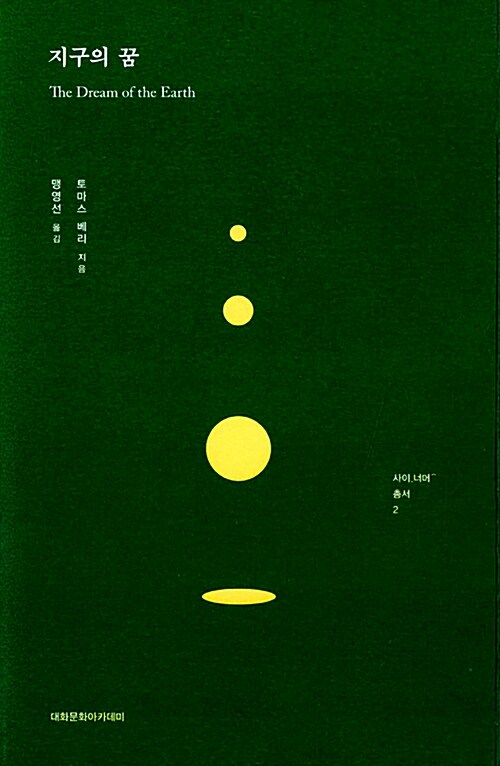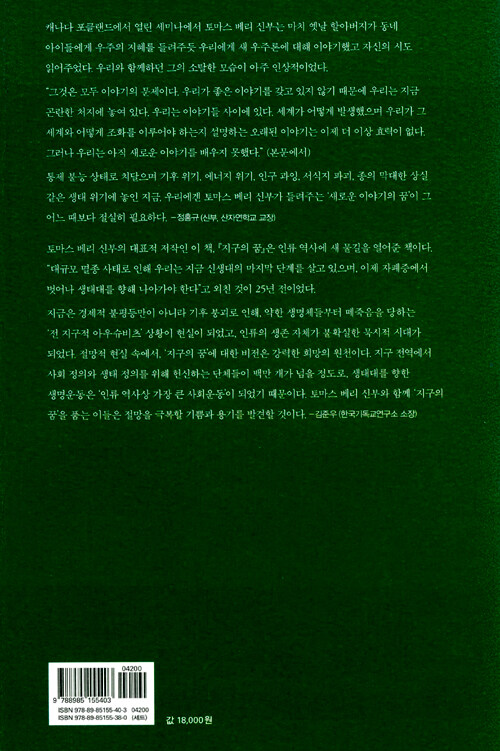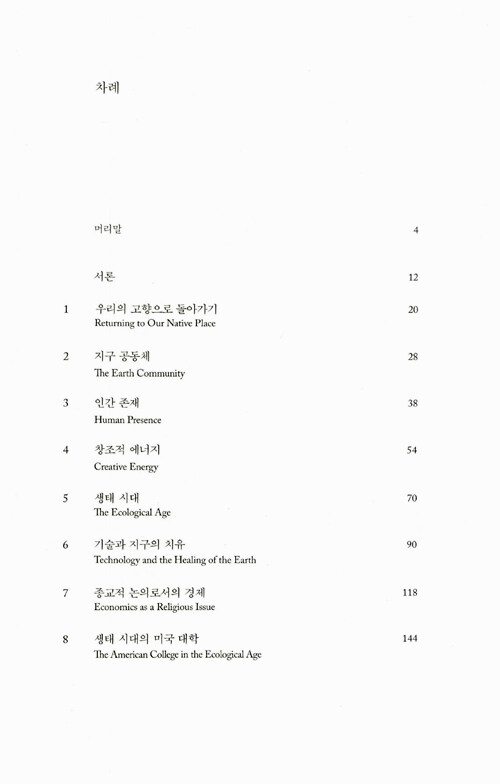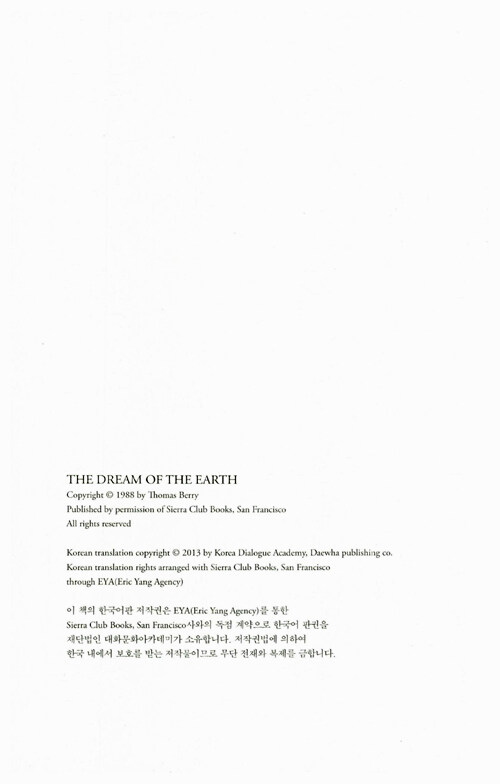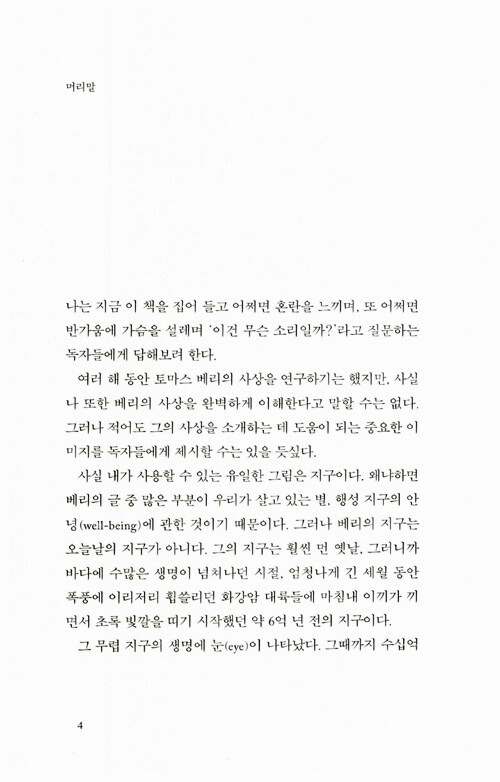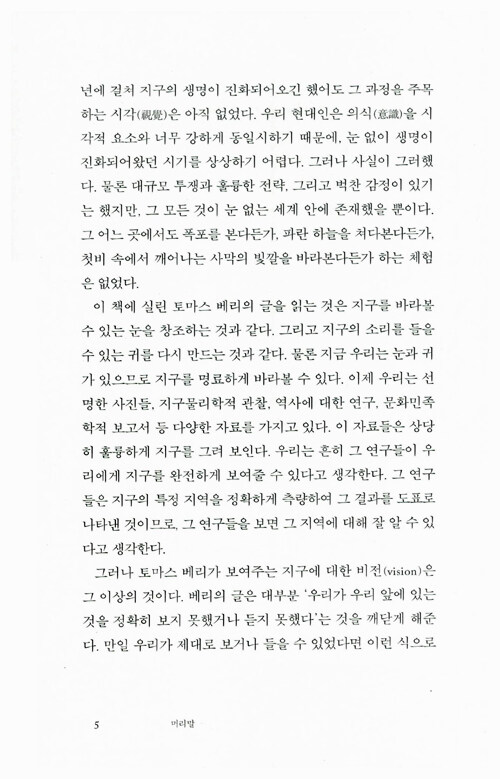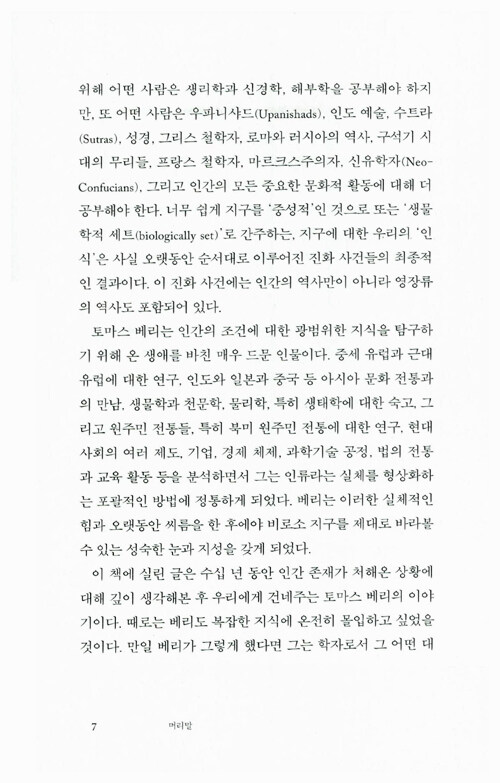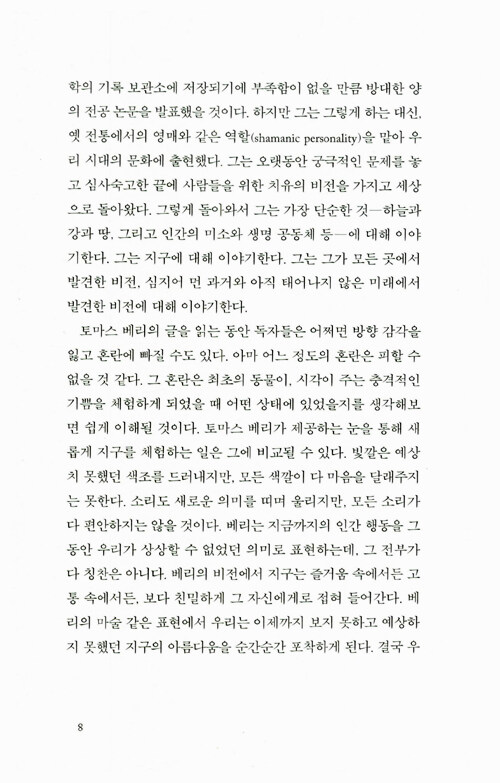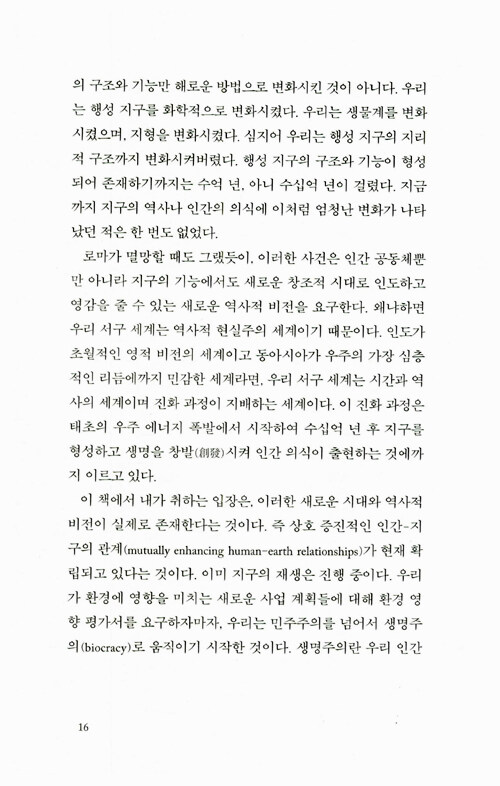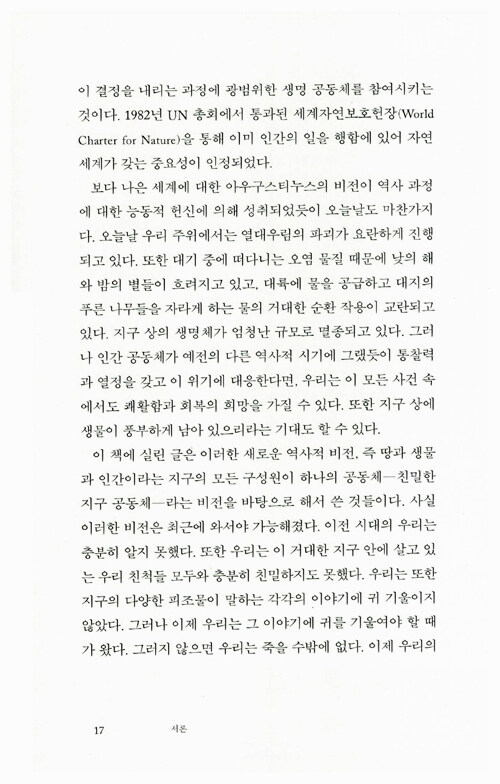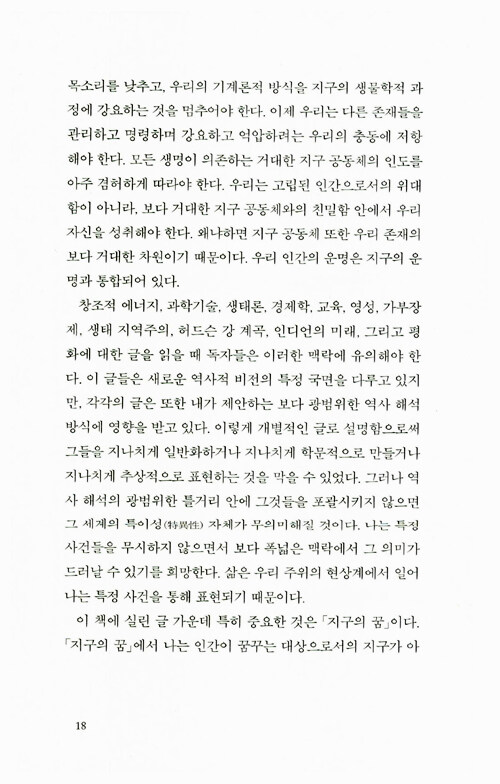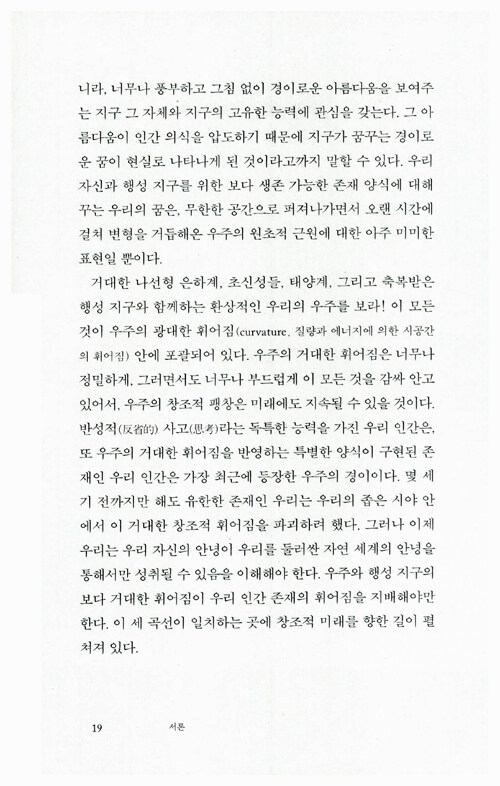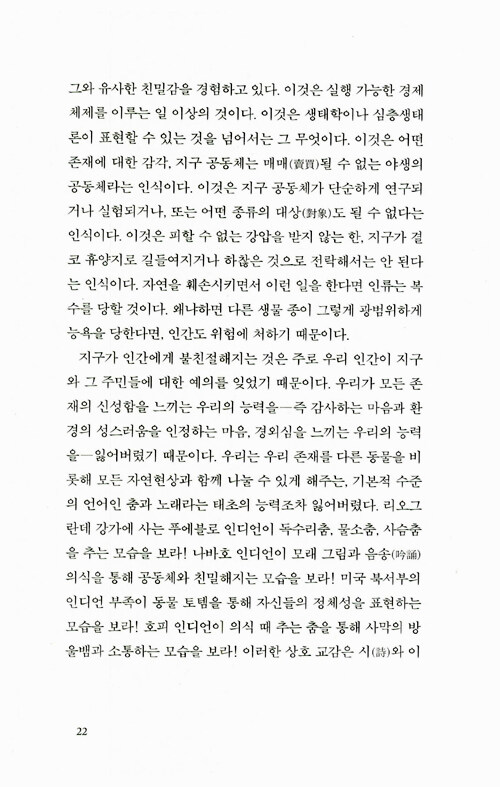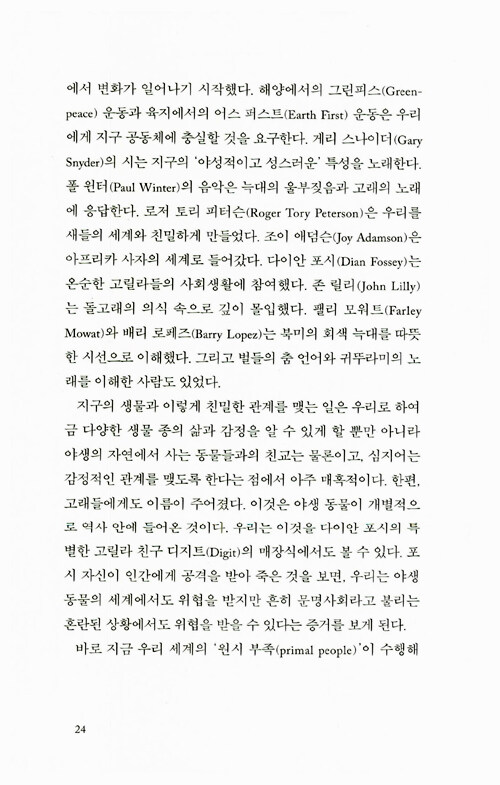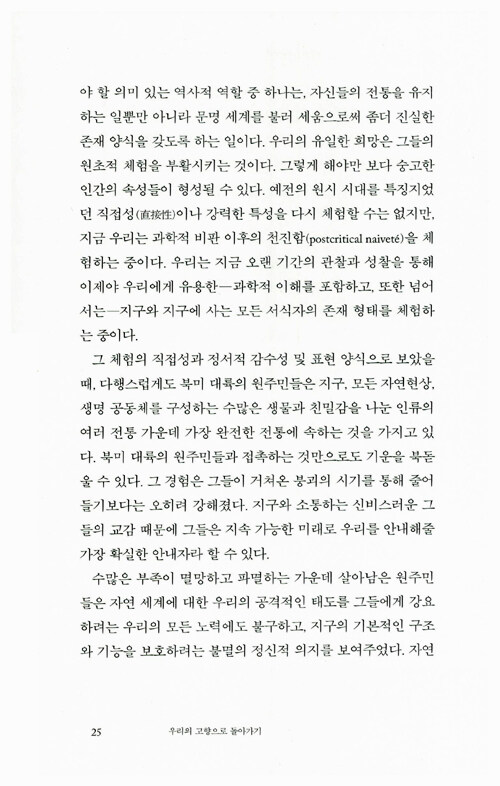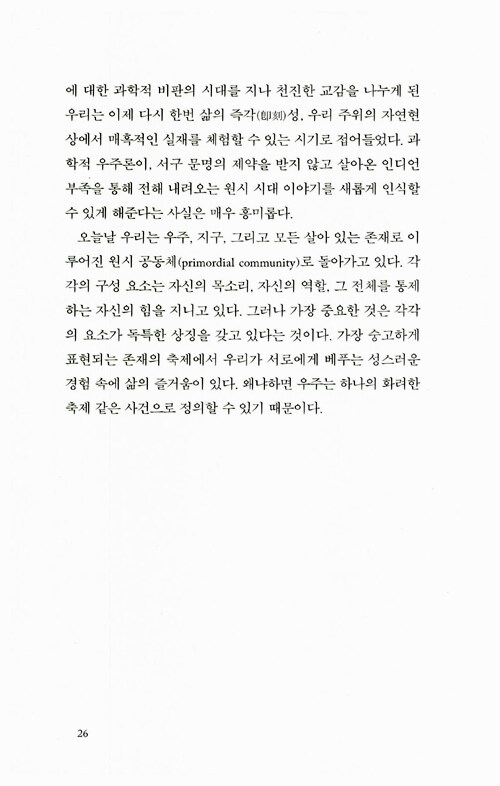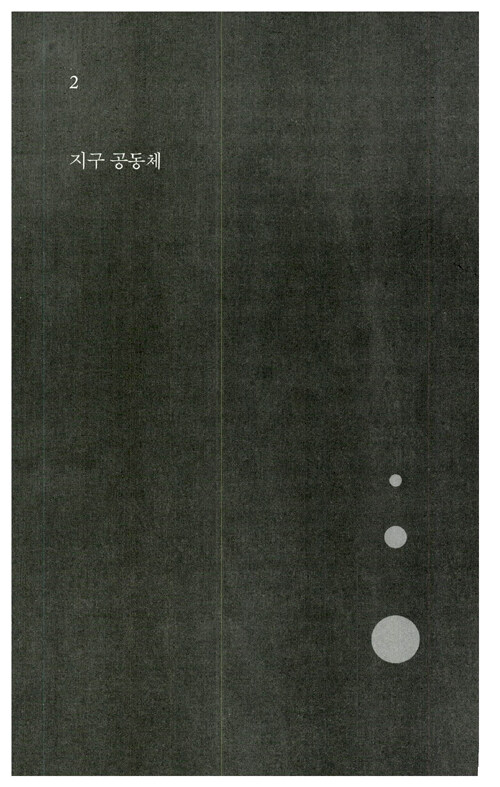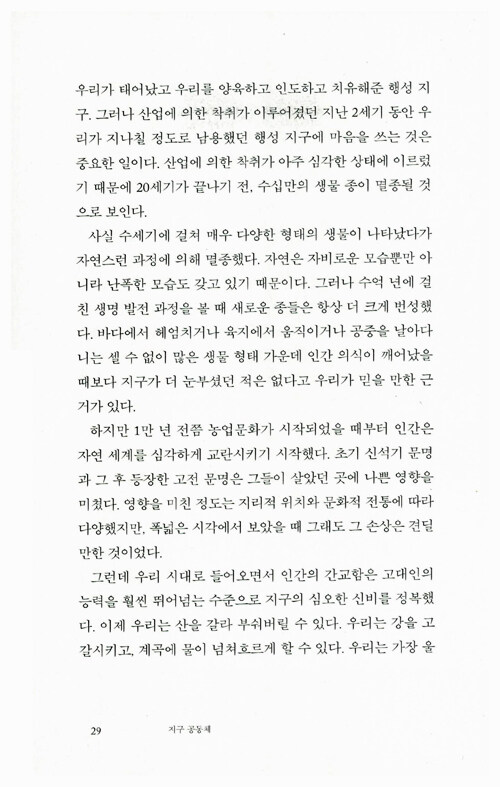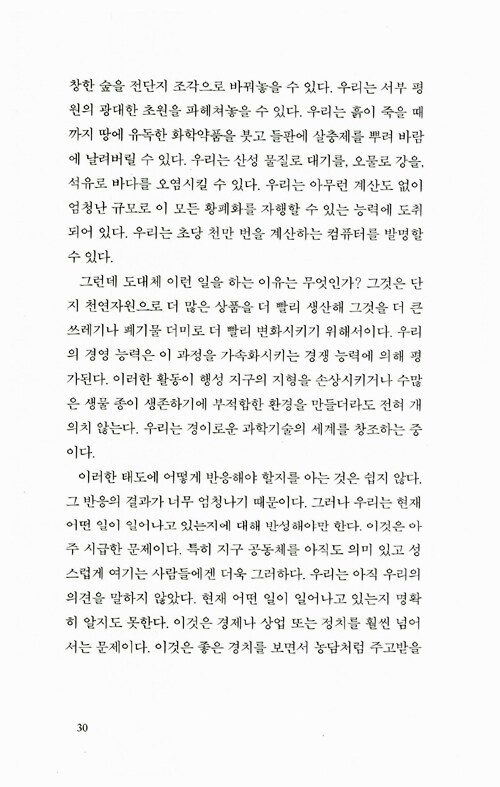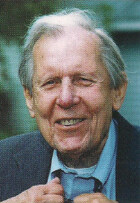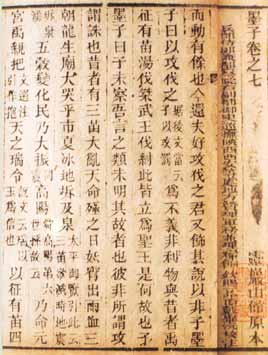Beyond Majority Rule: Voteless Decisions in the Religious Society of Friends: Michael J. Sheeran
Beyond Majority Rule: Voteless Decisions in the Religious Society of Friends Paperback – December 1, 1983
by Michael J. Sheeran (Author)
4.7 out of 5 stars 9 ratings
Read less
Report incorrect product information.
Print length
153 pages
Language
English
Publisher
Philadelphia Yearly Meeting of Religious Society of Friends
Publication date
December 1, 1983
--------------------------
- It is hoped that this book will be useful to Catholics and other Christians in tracing how Friends successfully employ a tradition of religious decision making which is deeply embedded in Scripture but which other Christians have typically lost.
- In particular, the ways Quakers seem to avoid the problem which face Catholics new to the method are explored.
- Social scientists and political philosophers are invited to discover in Quakers what may be the only modern western community in which decision making achieves the group-centered decisions of traditional societies.
- The conclusion discusses Friends as a possible answer to the common contemporary wish for advancement beyond the fragmented individualism of "liberal" man.
- Finally, the author hopes Quakers themselves will find in these pages a helpful mirroring of Friends decision making.
- Newcomers to Quakerism and those in roles of leadership within the community may see in this study an outsider's understanding of the possibilities and pitfalls of the Quaker method of going beyond majority rule.
------------------------
Customer reviews
4.7 out of 5 stars
9 global ratings
5 star 66%
4 star 34%
=====
Goodread Review
----
Jan
Sep 19, 2015 Jan rated it really liked it
This book is based on Michael J. Sheeran’s doctoral work in the Dept. of Politics at Princeton University. He spent two years (1973—75) conducting interviews, reading, and observing the actual decision-making of the Quakers. Sheeran is convinced that the Quakers “have something of first importance to share in their technique of reaching a viable resolution of their own problems” (p. ix).
Knowing, respecting, and trusting each other
A prerequisite is
- “having a group of limited size who know and respect and trust each other” (p. ix).
- The members of this group must “be willing to listen to each other with open minds, to learn from each other and be willing to feel into the shaping of a decision” (p. ix).
Among common blockages are
- having “a fixed and unchangeable mind as to the outcome”,
- the unwillingness “to lay aside pressure tactics to force an early decision”, and
- not following the Quaker caution “to use as few words as possible and as many as are necessary” (p. x).
The Presence in the midst
- Central to the Quaker understanding of unity-based decision making is the idea that there is “that of God in every one” (p. 3).
- Quakers do not begin with a theory. They begin with an event in which, ideally, “the presence of God is experienced by each person as part of a group experience” (p. 5).
- A meeting is “covered” or “gathered into the Life”, when the group is aware of “the Presence in the midst” (p. 6).
- Richard Vann wrote already in 1683 that “even one person out of harmony with the meeting could prevent it from accomplishing anything” (p. 6).
Advice rather than regulation
- Friends are chary of “binding the spirit” by regulations (p. 47).
- Instead, they provide “advice rather than regulation” (p. 47).
- Meetings always “begins with silence and closes in silence” (p. 49).
- If the meeting is properly carried through, there may emerge an “openness not to my wishes and my designs and my surface preferences but [an] openness to the deeper levels … where the problem may be resolved in quite a different way than had ever occurred to me” (p. 50).
Decision-making principles
There are “a number of factors which seem characteristic of Quaker decision making” (p. 51):
- 1. unanimous decisions—no voting;
- 2. silent periods—at start of meeting and when conflict arises;
- 3. moratorium—when agreement cannot be reached;
- 4. participation by all with ideas on the subject;
- 5. learning to listen—not going to meeting with mind made up;
- 6. absence of leaders—the clerk steers but does not dominate;
- 7. nobody outranks anybody;
- 8. factual-focus—emotions kept to a minimum; and
- 9. small meetings—typically limited numbers.
- These factors, or principles, are explored in the book in an attempt to bring the reader beyond a “superficial comprehension” (p. 51).
- While doing so, Michael J. Sheeran puts the focus on “two central and subtle matters: the nature of unity in a decision and the systems of belief which seem to underlie successful use of the method” (p. 52).
Group searching together
- A point of pride about Quaker decisions is that they “occasion the emergence of … a higher synthesis of individual ideas” (p. 53).
- The goals of Quaker decision making are “different from those of majority rule” (p. 54).
- The proposals made at the beginning of a discussion are “usually seen … as starting points, not as finished products unsusceptible to modification” (p. 54).
- In Quaker decision making, it is not only presumed “that each participant seeks the best solution”, but it is also presumed “that the group, by searching together, can reach such a … solution” (p. 55).
- Attitudes contrary to this searching together suffers “subtle but sharp sanctions” (p. 55).
- The attitudes demanded of Friends is one of “openness to one another’s ideas —the ability to put aside pet notions in favor of the next person’s insight” (p. 55).
Release from fear and reluctance to express one’s ideas
Michael J. Sheeran emphasizes that
- “those who dread the effects of candour in a Meeting are not giving that Meeting the opportunity which it needs to realize all the possibilities of its group life” (p. 55).
- “Release from fear, from shyness, from reluctance to express one’s ideas” is given high priority by the Friends (p. 55).
- Opinions should always be expressed “humbly and tentatively in the realization that no one person sees the whole truth and that the whole meeting can see more of Truth than can any part of it” (p. 56).
- “Tentativeness and an artless willingness to face the weaknesses in one’s position rather than to paper them over with distracting allusions” are equally important, and “sanctions against unacceptable rhetoric are subtle but effective” (p. 56).
- Friends “emphasize the importance of encouraging every participant in a meeting to feel that his or her contribution will be received with appreciation” (p. 57).
Emotions are difficult
- Friends sometimes have difficulties in revealing “their own inner feelings or to seek out ways of speaking which will let people know—in a non-rhetorical manner—the depth of their feelings” (p. 57).
- As a result, “the emotional dimensions of topics sometimes do not get the frank attention they deserve” (p. 57).
- However, it’s important to remember that Friends are “not opposed to emotions, [and] not opposed to their having an important bearing on decisions” (p. 58).
Being face-to-face, acceptance and mutual respect
- The need for “openness” has some direct corollaries. The method is “harmstrung whenever participants cannot be face-to-face” (p. 60).
- Another corollary is that the topics which a group can successfully deal with are “normally limited by the strength of the bonds of respect for one another” within the group (pp. 60—61).
- The emphasis is on “acceptance of one another, mutual respect, avoidance of the manipulative conduct …, and one’s dependence on searching together with the group for better conclusions than anyone alone could have attained” (p. 61).
Unity is not unanimity or consensus
- One major difficulty is that “no conventional term adequately expresses the phenomenon of decisional agreement in a Quaker meeting” (p. 63).
- Some describe all decisions as “unanimous on the grounds that any objecting member could prevent action”, but this is misleading since it “implies that all participants are satisfied when a decision is reached—a point hardly true of many Quaker decisions” (p. 63).
- Other speak of “consensus, thereby underscoring that the bulk of those present agree even if one or two objectors remain”, but this is misleading too (p. 63).
- Michael J. Sheeran emphasizes that “Quakers are simply not satisfied to know that even the overwhelming majority are in agreement” (p. 63).
- Given this verbal difficulty, the term used by the Friends is “unity” rather than “unanimity” or “consensus” (p. 63).
- Another early Quaker term used was “concord” (p. 63), which is Sheeran’s preferred term.
At least two stages of discussion
- There are at least two stages of discussion in the decision-making. The “preliminary stage follows initial presentation of both the problem and its possible solutions” (p. 64).
- At this point, “participants often ask questions of the person who has made the presentation, offer tentative alternatives to the proposal, and even find themselves more in the posture of brainstorming than of making serious judgments” (p. 64).
- Remarks contrary to the proposal “are taken to be exploratory” (p. 64).
- The transition from “the preliminary to the serious phase” is normally informal (p. 64).
- An individual will “offer a suggestion—perhaps a rejection of the basic proposal for a novel reason—and then sit back to see what response the idea draws from the group” (p. 64).
- Such a statement “does not involve personal commitment to the idea”, but is “a testing of the waters” (p. 64).
- The ability to “differentiate tentative from serious and ambiguous remarks” is important for all participants, and especially for the clerk, whose “duty it is to read the group and decide whether there is serious objection to the general direction in which discussion is moving” (p. 64).
The tide may or may not build
- As Friends begin “to speak their serious conclusions, the tide will build” (p. 64).
- Listeners who find a speaker’s remarks match their own will follow his or her words with “I agree” or “I can unite with that” or “that speaks my mind” (p. 65).
- Sometimes “several currents are running in the tide, pulling the meeting in two or more directions”, and sometimes there may be “no tide or current at all” (p. 65).
- In either of these situations, the discussion continues until a conclusion emerges, at the “suggestion of the clerk or some other participant”, or that “there is agreement that no conclusion can be reached for now” (p. 65).
- If the tide is running in a particular direction, the clerk is expected “to make a judgment that the group is now ready for agreement and to propose a tentative minute … as the clerk understands it from listening to the discussion”.
Objections to a proposal
- Each group member has “two quite different questions to ask” when the clerk proposes a minute (p. 65).
- First, does the proposed minute catch the tide of the discussion? If the answer is no, then this opinion is expected to be raised. Discussions follows such an objection, with various Friends “stating how they respond to the minute as an expression of the group’s will” (p. 65).
- Then, the clerk “rephrases or withdraws the minute if necessary” (p. 65).
- Michael J. Sheeran observes that “it is often the case that one person’s statement of misgivings leads others to reassess their judgments, giving more prominence to matters they had initially dismissed” (p. 66).
- If a person still can’t agree, the group is unable to proceed. However, Sheeran also observes that “the realities, fortunately, are much more subtly adapted to the complexities of human disagreement” (p. 66)
A whole spectrum of objections
There’s actually a “whole spectrum of dissent available” in Quaker decision making (pp. 66—72):
- I disagree but do not wish to stand in the way
- Please minute me as opposed
- I am unable to unite with the proposal
- Absence
- Even if deliberate absence “signifies deep disagreement with a proposal, it does not necessarily block action” (p. 70).
- The group is expected “go ahead at once if the objector follows the typical approach of stating his or her unease but affirming a desire not to stand in the way” (p. 71).
- The same is true “if he or she asks to be minuted as opposed, although it seems that the group will proceed in much more chary fashion” (p. 71).
- If the individual simply is “unable to unite, the group will normally delay action” (p. 71).
- Michael J. Sheeran notes that “the group’s willingness to delay is a function of the apparent importance of the objector’s objection” (p. 71).
- The group’s readiness to delay “also depends on its respect for the objector” (p. 71).
- A third factor is time. “The more urgent the matter, the more highly regarded the objector needs to be” (p. 71).
- “The relative significance of each factor depends in each situation upon the entire set of relationships existing at a given moment within the group under consideration” (p. 72).
The religious dimension
- The religious dimension of a meeting can run a spectrum “from the merest formality to an extraordinary quality very significant to the decision being taken” (p. 82).
- “Truly worshipful decisions tend to occur in situations of high risk”, but the occasions “when such dramatic religious depth is called for are not common” (p. 83).
- The typical meeting oscillates between “a superficial and a rather profound religious tone” depending upon the topic under discussion (p. 84).
- Michael J. Sheeran observes that “decisions at the religious level … tend to draw greater acceptance from those present” (p. 84).
- One Friend said that “decisions based on human considerations are fine, but they’re not enough for sacrifices of really important things like family and friends and life goals.” (p. 84).
Same vocabulary with different meanings
- Michael J. Sheeran found that Friends language is ambiguous. “Everybody seemed to use the same vocabulary but with different meanings” (p. 85).
- But, when Sheeran “reflected on the atmosphere and the tone of his interviews instead of the words that were exchanged”, he found that “the experience itself [of the gathered meeting] was what counted” (p. 87).
Strengths of Quaker leadership
- Quaker leadership demands “the intertwining of traditional basic leadership skills with a peculiar skill at reading the sense of the meeting” (p. 99).
- The most important duty of the clerk is “to judge the sense of the meeting” (p. 95).
- In doing this, “the clerk is likely to consider the general reputation of the leading speakers for each viewpoint, the extent of information and experience each brings to the topic, the apparent conviction beneath a remark, and other intangible factors” (p. 95).
- “The opportunity to manipulate is obvious” (p. 96), but Sheeran notes that “abuse of power seems curiously rare” (p. 97).
- “The great caution clerks feel about abuse of power came out frequently in the interviews”, with the most experienced clerks “appearing most chary of abuse” (p. 98).
- Of fundamental importance is that “Quaker theory sees the clerk or other leader as servant of the meeting, not its director” (p. 100).
- The clerk’s role, as mentioned previously, is to “articulate the unity which he or she discovers and to facilitate the formation of that unity” (p. 100).
- The good clerk “knows whether people are saying what they really think” (p. 100).
- Michael J. Sheeran refers to this phenomenon as the ability to “read” the group (p. 101).
- He even goes a step further and wonders whether it’s perhaps “a weakness, given our theory that leadership is still needed” (p. 103).
Weaknesses of Quaker leadership
- Quaker leadership “provides great support to the goal of reaching unity on divisive questions” (p. 104),
- but it has weaknesses too. The most obvious problem is that “there is no guarantee that individuals with the ability to read the community accurately will also excel in the basic organizational skills required for running a meeting” (p. 104).
- Given the “spectrum of possible combinations of strengths and weaknesses” there are “quite different styles and emphases in various Quaker groups using the same fundamental procedures” (p. 104).
- Another problem is that the individual who can discern the unity “quickly exercises an influence that is subtle and pervasive” (p. 105).
- Thus, “the person who comes to the meeting with a solution in his back pocket might wait until the group seems ripe for the idea instead of proposing it at the outset” (p. 105).
- The speaker’s preparations in advance may then be confused with “an inspired reading of the present level of agreement of the assembly” (p. 105).
- The group has little defense against such manipulation.
Conclusions
In a fundamental sense, Friends decision making "presuppose that participants are in community" (p. 115).
Participants need to be willing to say what they really think, listen to each other, and be willing to make decisions work out successfully.
Michael J. Sheeran's book is recommended reading for everyone who is interested in how to move beyond majority rule into group-centered decision-making. (less)
flag1 like · Like · comment · see review
=====
Jill Anderson
Feb 06, 2011Jill Anderson is currently reading it
A 101 Quaker classic! I am still in the middle of it, but so far, so good. I like his way of describing Quaker faith and practice in business meeting as something that happens somewhere between intentions/ideals/values/Spirit and the word expressed, the personalities present, the contexts given.
flag1 like · Like · comment · see review
===
Cathy
Oct 12, 2019Cathy rated it really liked it
I was looking for help understanding. He process of Quaker decision making. This was recommended. There’s Quaker history that helps with a perspective. I agree with others who suggest it’s somewhat dated. It also focuses a lot on the Philadelpha meeting. One takeaway is that different meetings can function differently so Philadelpha’s practice wouldn’t be replicated everywhere.
All in all, it helped me understand the process.
flagLike · comment · see review
===
K
Mar 21, 2019K rated it really liked it
Shelves: quaker-book-group, quaker
An excellent review of Quaker process as it is--or as it was in the Philadelphia Yearly Meeting in the late 1980s. Given how slowly Quakers adopt change, I imagine the majority of it is still accurate today.
I appreciate that this was written by a non-Quaker.
Quaker's tend to write about how things should be, but Sheeran tell us how things actually are. He factually lays out the various elements of process--including some that may be less than perfect--without coming off as critical.
This is a must read for anyone who wants to better grasp the Quaker decision making process. (less)
flagLike · comment · see review
===
Lisa
Jan 28, 2010Lisa is currently reading it
this book is about group decisions in Quaker communities: the way that Quakers decide is different than voting. my sense is that Congress needs a facilitated, non-partisan process to achieve the goal of health care for everyone. there's a philosophy and an etiquette that i would deeply recommend. if you care about politics and hope for the best, read this book and get thee to a Meeting, pronto. (less)
flagLike · comment · see review
===
Genie
Feb 08, 2014Genie rated it liked it
Shelves: religion-and-spirituality, quaker-related
Interesting book. Actually a revision of a doctoral dissertation on the Quaker way of coming to unity as decision- making process. Some interesting insights here but honestly, not as many as I had expected. I hoped for more, somehow... But one of the few on what is a really interesting topic- how Friends Meetings work when all decisions are made through unity and what happens when someone does disagree.
flagLike · comment · see review
===
Jeremiah John
Apr 27, 2012Jeremiah John rated it it was amazing
Think consensus is not possible?
Learn practically how Quakers have been discerning God's will in group since ~1650. (less)
=============
Top reviews
Top reviews from the United States
Walter P. Blass
5.0 out of 5 stars
How a technique developed for a religious body can be applied to many other groups
Reviewed in the United States on June 30, 2013
Verified Purchase
Sheeran's work is remarkable feat of outsider/insider examination of a subtle and demanding discipline. His title captures the leap from majority rule but the promise of possible change in the next election, to a consensual format where the participants agree to work together to come to agreement. His book explained corporate behavior, but Sheeran points out that this technique can also be utilized in other venues. Quakers are not easy people to understand ( as a convinced Friend, I know ) but Sheeran has done the job magnificently. Interestingly, several international bodies have adopted this technique in lieu of majority voting.
==
G. Thompson
5.0 out of 5 stars Best Guide to Quaker Decision making available
Reviewed in the United States on June 19, 2015
Verified Purchase
Written by a Jesuit priest as a thesis, this is the go-to book to understand the unique way that we Quakers make our decisions as a group. Often mis-described as "consensus," finding the "sense of the Meeting" is a far more subtle process. I served as Clerk of a large urban Quaker Meeting for 10 years and can attest that this book gets it right.
One person found this helpful
==
Dr. Samuel Mahaffy
4.0 out of 5 stars Discerning God's Leading Together
Reviewed in the United States on March 26, 2013
Verified Purchase
Voting on important decisions leaves winners and losers. It rarely leads to a way forward in organizations committed to carrying a shared vision. Does your nonprofit board still take a vote on decisions? There may be a better way. There is much to learn from the decision making process in the Quaker tradition. This work provides a good starting point and an alternative pathway.
==
Grandma Lynn
5.0 out of 5 stars Very helpful!
Reviewed in the United States on April 12, 2013
Verified Purchase
This dissertation was written well with a Friendly cadence on history and methods. As a new Friends' clerk, it has been very helpful.
==
Dr. Janet E. Duke
5.0 out of 5 stars Five Stars
Reviewed in the United States on September 11, 2014
Verified Purchase
Excellent wel written exploration by a Jesuit of Quaker discernment
==
Nana Annie
5.0 out of 5 stars Not quite consensus...
Reviewed in the United States on May 30, 2005
This book is about Quaker decision-making, but the use of the secularly familiar word "consensus" in the previous review may be misleading. Sheeran examines and explores in great depth how Friends come to make decisions.
Both simple and complicated, the process comes out of a history and practice based on spirit-led decision making.
The book can explain far better than I what the process is, how it can work amazingly well, how it may sometimes fail. The decision-making process among Friends is what 'hooked' me to keep coming to meetings, especially decision-making meetings (Meeting for Worship with Attention to Business). When it works it is an awe-filled experience. When it doesn't, the results of the decision often crumble.
An excellent book for new clerks and newcomers, as well as a reminder to Friends who may be tempted to fall back on the corporate or secular world's way of finding consensus.
4 people found this helpful
==
Scott MacLeod
5.0 out of 5 stars Consensus decision-making processes - Quakers
Reviewed in the United States on January 12, 2004
Well-written examination of how and why consensus works among the Society of Friends (Quakers) in Meeting for Business, both historically and in the present. Applicable to many other groups and institutions. A fascinating read.
6 people found this helpful


